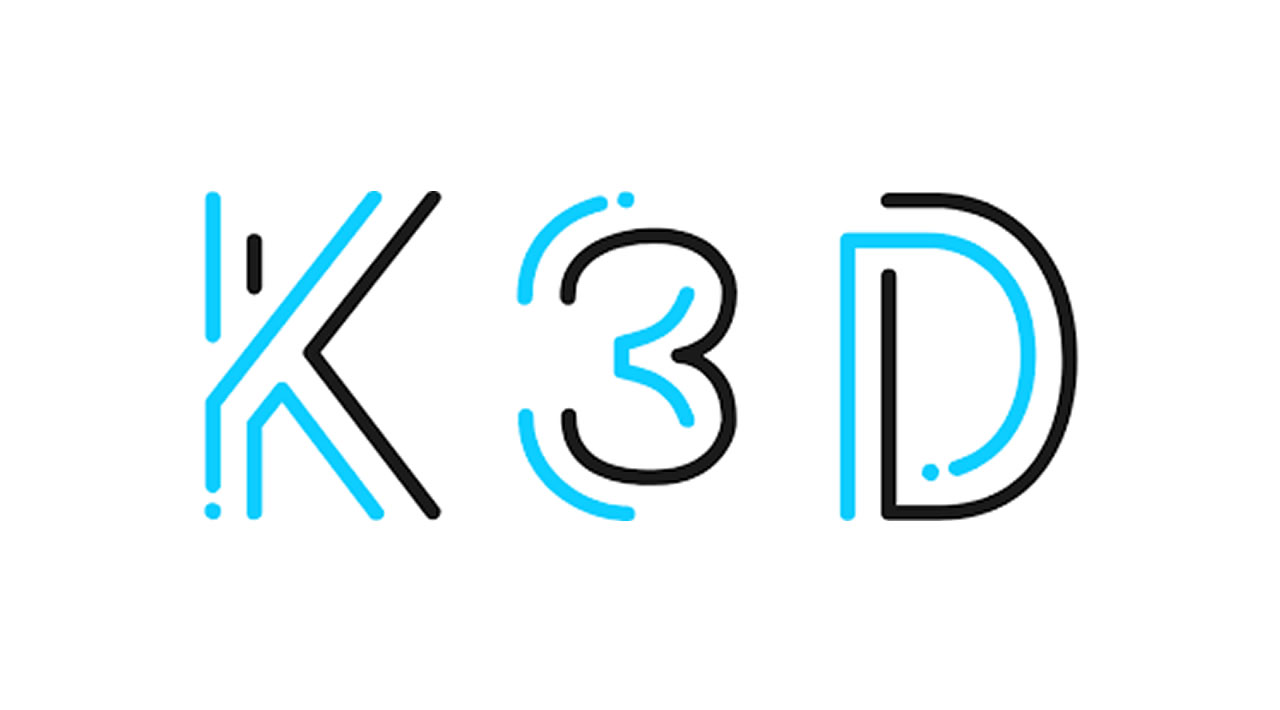k3s in docker
k3s is the lightweight Kubernetes distribution by Rancher: rancher/k3s
k3d creates containerized k3s clusters. This means, that you can spin up a multi-node k3s cluster on a single machine using docker.
Learning
- Website with documentation: k3d.io
- Rancher Meetup - May 2020 - Simplifying Your Cloud-Native Development Workflow With K3s, K3c and K3d (YouTube)k3d demo repository: iwilltry42/k3d-demo
Requirements
Get
You have several options there:
- use the install script to grab the latest release:
- wget:
wget -q -O - https://raw.githubusercontent.com/rancher/k3d/main/install.sh | bash - curl:
curl -s https://raw.githubusercontent.com/rancher/k3d/main/install.sh | bash - use the install script to grab a specific release (via
TAGenvironment variable): - wget:
wget -q -O - https://raw.githubusercontent.com/rancher/k3d/main/install.sh | TAG=v3.0.0 bash - curl:
curl -s https://raw.githubusercontent.com/rancher/k3d/main/install.sh | TAG=v3.0.0 bash - use Homebrew:
brew install k3d(Homebrew is available for MacOS and Linux) - Formula can be found in homebrew/homebrew-core and is mirrored to homebrew/linuxbrew-core
- install via AUR package rancher-k3d-bin:
yay -S rancher-k3d-bin - grab a release from the release tab and install it yourself.
- install via go:
go install github.com/rancher/k3d(Note: this will give you unreleased/bleeding-edge changes)
or…
Build
- Clone this repo, e.g. via
git clone git@github.com:rancher/k3d.gitorgo get github.com/rancher/k3d/v3@main - Inside the repo run
- ‘make install-tools’ to make sure required go packages are installed
- Inside the repo run one of the following commands
make buildto build for your current systemgo installto install it to yourGOPATH(Note: this will give you unreleased/bleeding-edge changes)make build-crossto build for all systems
Usage
Check out what you can do via k3d help or check the docs @ k3d.io
Example Workflow: Create a new cluster and use it with kubectl
k3d cluster create CLUSTER_NAMEto create a new single-node cluster (= 1 container running k3s + 1 loadbalancer container)k3d kubeconfig merge CLUSTER_NAME --switch-contextto update your default kubeconfig and switch the current-context to the new one- execute some commands like
kubectl get pods --all-namespaces k3d cluster delete CLUSTER_NAMEto delete the default cluster
#kubernetes #docker #devops

6.15 GEEK